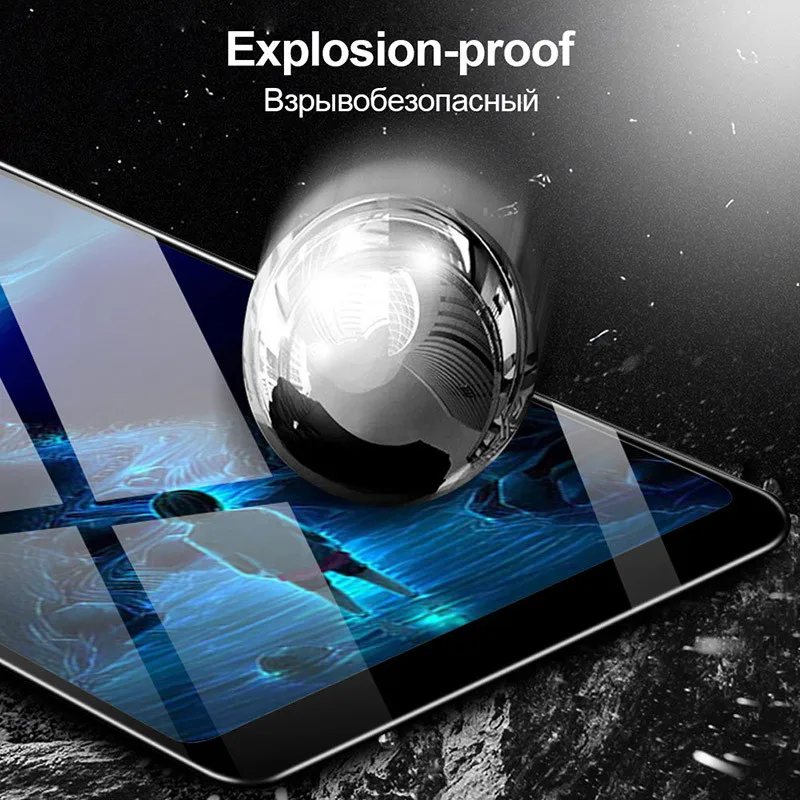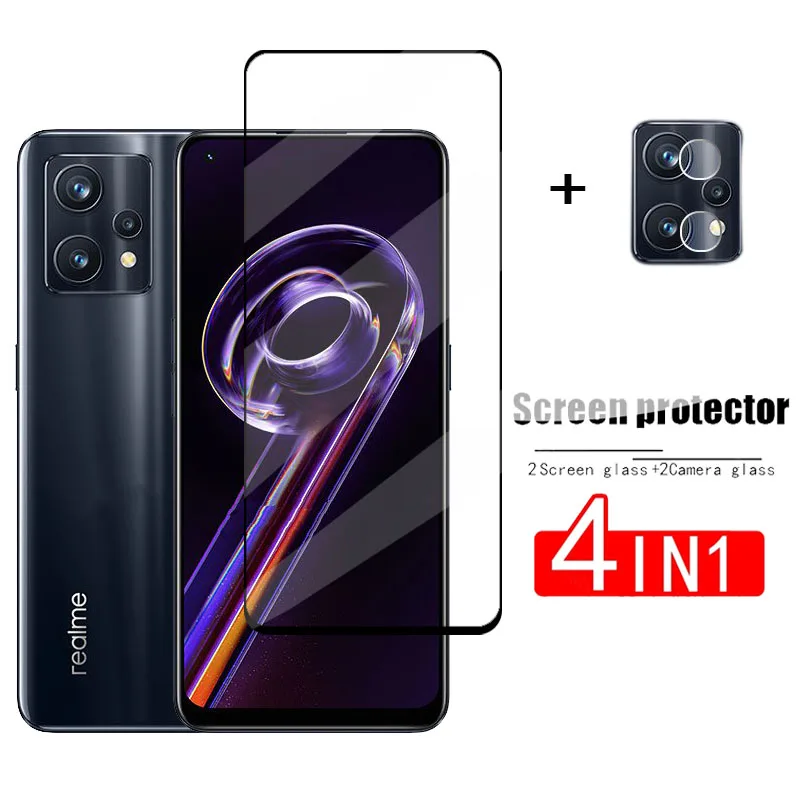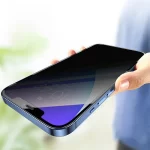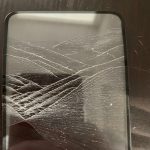Introduction to Screen Protector Bubbles
When you fit a screen protector, the last thing you want are irksome bubbles. These small pockets of air can sneak in between your device’s screen and the protector, often turning a smooth surface into a bumpy one. Beyond the annoyance of seeing them, bubbles can impact the effectiveness of your screen protector. They can also signal that dirt or dust has infiltrated the protective shield. Understandably, knowing how to get bubbles out of a screen protector is a valuable skill. This blog will guide you through why bubbles form and how to avoid and fix them for a flawless finish.

Causes of Bubbles Under Screen Protectors
Understanding the root causes of bubbles under screen protectors is the first step towards a clear, smooth display. Bubbles usually form during screen protector application and can be attributed to a few common issues. Here are some primary reasons why bubbles might appear:
- Dust and Debris: Even the smallest dust particles can create a bubble. These particles prevent the screen protector from adhering fully to the screen.
- Oily Fingerprints: Oils from your hands can leave residues on the screen. These oily patches can cause the screen protector to not stick properly.
- Air Entrapment: When placing the screen protector, air can get caught underneath if not laid down correctly. This is a typical cause for bubble formation.
- Improper Alignment: If the screen protector is not aligned accurately before being pressed onto the screen, it can lead to multiple attempts at application. Each time the protector is lifted, the chance of bubbles increases.
- Imperfect Surface: If the screen has smudges or has not been cleaned well, bubbles are likely to form as the screen protector cannot make a seamless contact with the screen.
These factors are essential to keep in mind when applying a screen protector. Correcting these common errors can help to get bubbles out of the screen protector and achieve that seamless, bubble-free look. In the next sections, we will go through the steps and techniques to ensure a successful screen protector application.
Step-by-Step Guide to Applying Screen Protectors
Proper application is crucial to avoid bubbles under the screen protector. Here we provide a detailed guide.
Cleaning and Preparing the Screen
First, ensure your hands are clean to avoid transferring oils onto the screen. Use soap and water for washing. Prepare a dust-free environment to work in; this can be an indoor area with minimal air movement. Use the alcohol pad provided in the screen protector package to thoroughly clean the device’s screen. This removes oils, fingerprints, and dust. Allow the screen to dry completely before proceeding to the next step.
Aligning the Screen Protector
Carefully remove the screen protector from its packaging. Hold it by the edges to avoid fingerprints. Before peeling off the backing, align the screen protector with the screen to ensure it fits. Pay attention to the speaker, camera, and home button cutouts. Once aligned, peel off the backing and place the screen protector on the screen starting from one end and slowly moving to the other. Use a credit card or similar tool to smooth it down as you go to avoid air bubbles.
Techniques for Removing Bubbles
If you’re dealing with annoying screen protector bubbles, don’t worry. There are some easy ways to fix them.
Using a Plastic Card
A simple and effective method to get bubbles out of your screen protector is to use a plastic card. Here’s how:
- Wash your hands and make sure they are free of oils.
- Clean a credit card or a similar plastic card.
- Gently push bubbles to the screen’s edge.
- Sweep the card over the screen in one direction to force out air.
Ensure you do not apply too much pressure, as it might damage the screen protector.

Lifting Edges with Thin Plastic
Sometimes bubbles stick near the screen protector’s edges. To fix these:
- Find a thin, non-oily plastic tool.
- Carefully lift the closest corner of the protector.
- Push the bubble towards the lifted edge.
- Smooth the protector back down with the plastic card.
Avoid using your fingers as this might leave more oils and cause new bubbles.
Preventative Measures for Bubble-Free Installation
Preventing bubbles in screen protectors begins with the right techniques and tools. To ensure a bubble-free installation, follow these measures:
- Work in a Clean Environment: Choose a dust-free area. This reduces the risk of dust particles causing bubbles.
- Clean the Screen Thoroughly: Use the provided alcohol pad to wipe the screen clean. Ensure no smudges or fingerprints remain.
- Wash Your Hands: Before handling the screen protector, wash your hands well. This prevents oils from creating bubble-prone spots.
- Align Properly: Take your time to align the screen protector with the device. Check camera and speaker holes for a perfect fit.
- Use the Hinge Method: Apply tape to one side of the protector while aligned. This creates a ‘hinge’ so you can apply it smoothly.
- Apply Gently: Start from one end and gradually lay down the protector. Press gently as you go, pushing out potential air pockets.
- Use a Smoothing Tool: Have a card handy to smooth out the protector. Do this immediately after application to push out any trapped air.
- Remove Backing Slowly: Peel the backing film slowly while applying. This minimizes the chance of trapping air underneath.
By following these steps, you can drastically reduce the likelihood of having to deal with bubbles after installing your screen protector. Keeping a strict procedure for application not only prolongs the longevity of your screen protector but also maintains the aesthetic and functionality of your device’s screen.
Signs That You Need a New Screen Protector
Despite your best efforts to get bubbles out of your screen protector, there are times when a replacement becomes necessary. Here are several signs that indicate it’s time to shop for a new screen protector for your device:
- Persistent Bubbles: If you’ve tried all techniques and bubbles still won’t budge, it’s likely time for a new protector.
- Scratches or Cracks: Visible damage like scratches or cracks can compromise the protector’s integrity.
- Peeling Edges: Once the edges start lifting, dirt can get underneath, and it may not adhere properly again.
- Reduced Touch Sensitivity: If your device’s screen no longer responds as it should, the screen protector may be at fault.
- Discoloration: Any change in color or the appearance of cloudy patches means the protector’s quality has diminished.
When these issues arise, continuing to use the damaged or ineffective screen protector can put your device’s screen at risk. It’s advisable to choose a high-quality replacement that will offer robust protection against scratches, impacts, and everyday wear and tear.

Selecting the Right Screen Protector for Your Device
Choosing the right screen protector can seem overwhelming given the numerous options available. However, making an informed decision is critical for ensuring that your device remains well-protected and bubble-free over time. Here are important factors to consider when selecting a screen protector that will best suit your needs:
Material Quality
Opt for a screen protector made from high-quality materials. Tempered glass offers superior protection against scratches and impacts, while plastic protectors are thinner and less visible. Each has its advantages, so consider what’s most important for your device usage.
Proper Fit
Ensure the screen protector fits your device perfectly. Check the specifications for compatibility with your model, paying attention to the size and cutouts for cameras and sensors. An ill-fitting protector is more prone to bubbles and peeling.
Application Method
Consider screen protectors that come with an application kit or frame. These tools assist in precise alignment, reducing the risk of bubbles and misplacement. Read instructions carefully, and use any included guides to help with the installation.
Brand Reputation
Research brands and read reviews. Look for companies known for high-quality products and customer satisfaction. A reputable brand often equates to a better product experience and customer support if issues arise.
Additional Features
Some screen protectors offer extra features like privacy filters or anti-glare coatings. Determine if you need these enhancements based on where and how you use your device.
By carefully considering these aspects, you can select a screen protector that not only fits perfectly but also offers the level of protection your device needs. Remember, a correctly chosen and applied screen protector is the best defense against bubbles and the first step towards maintaining an impeccable screen.


